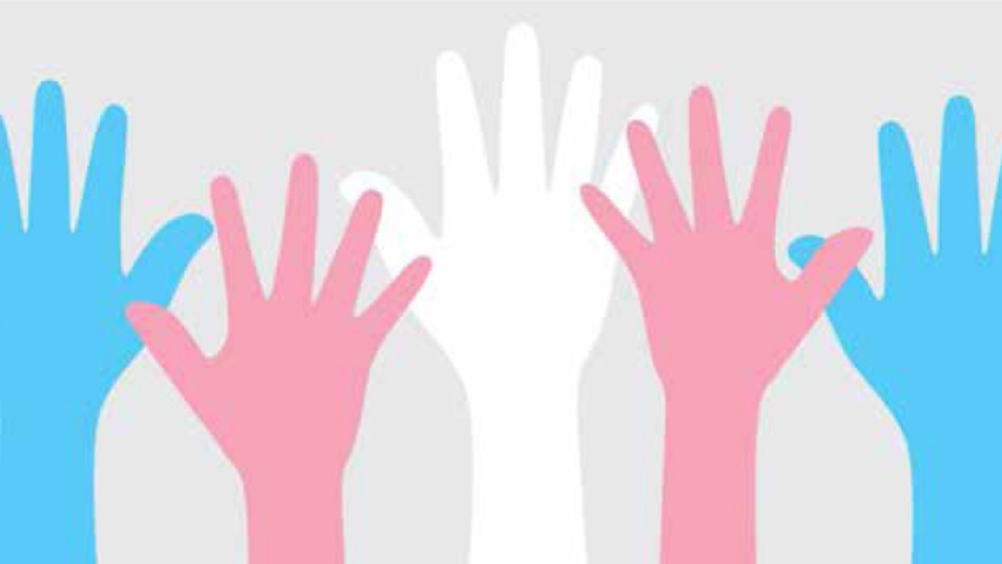References
The transformative power of gender-affirming healthcare: recommendations for effective treatment

Abstract
The demographics of aesthetic clinic attendees are changing, and the aesthetic practitioner should be cognisant of the needs and patient-related factors of the growing variety of individuals encountered in their practice. This includes transgender individuals who wish to seek gender-affirming surgical or non-surgical procedures as part of their transition. Francesca Ramadan explores the transformative power of gender-affirming healthcare and the treatment considerations and recommendations for this demographic, so that aesthetic practitioners are well-equipped to help their patients reach their full potential.
The scope of aesthetic practice has widened over recent years, with varying trends in buying patterns and consumer expectations and sociocultural and economic changes, such as the normalisation and promotion of aesthetic procedures through social media and the greater accessibility of non-surgical procedures, presenting new opportunities for growth and development. Indeed, 43% of UK adults increasingly consider non-surgical procedures as a normal part of their beauty and personal care routine, which is mirrored by a 40% drop in cosmetic surgeries since 2015, according to the British Association of Aesthetic Plastic Surgeons (Mintel Group, 2021). The demographics of aesthetic clinic attendees are changing, and the aesthetic practitioner should be cognisant of the needs and patient-related factors of the growing variety of individuals they may encounter in their practice.
This includes transgender individuals who wish to seek gender-affirming surgical or non-surgical procedures as part of their transition. In recent years, there has been a 240% increase in referrals to gender dysmorphic clinics; these individuals are only beginning their journey to access medical support and intervention, which, for many, will conclude in an aesthetic clinic (Niemier, 2020). Indeed, aesthetic care said to be ‘last on the list after a long life of appointments, consultations and interventions’, with transgender patients waiting up to 2 years for an appointment, despite NHS guidelines stating that the first appointment for hormone therapy and surgery should be within 18 weeks (Niemier, 2020). Therefore, the transgender patient's presentation at an aesthetic clinic is often a highly important and anticipated event in their transition, and aesthetic practitioners have a duty to provide empathetic, equitable, non-judgmental care and informed care for this vulnerable population, who face both individual and institutional discrimination (Jarvis et al, 2022).
Register now to continue reading
Thank you for visiting Journal of Aesthetic Nurses and reading some of our peer-reviewed resources for aesthetic nurses. To read more, please register today. You’ll enjoy the following great benefits:
What's included
-
Limited access to clinical or professional articles
-
New content and clinical newsletter updates each month


